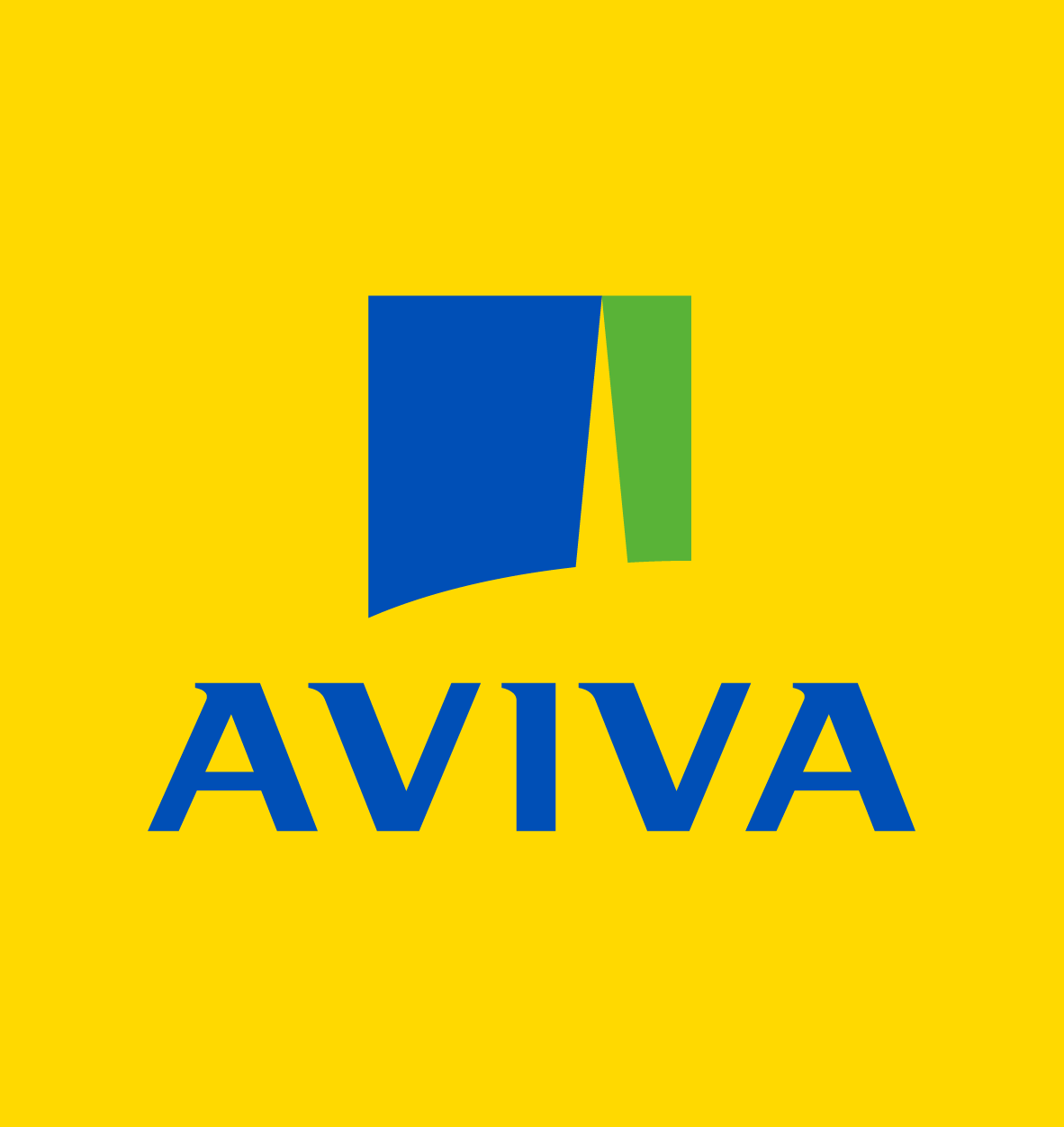
Best Home Insurance – Content Coverage
Canada’s Top Home Insurance Insurers
Contents insurance covers the cost of personal belongings that have been damaged or lost. Contents include furniture, home accents, appliances, and kitchenware, among other things. Usually, these contents are covered through new-for-old or replacement value. New-for-old covers the total cost of replacing the damaged or lost item with a new one – often at a higher value. Meanwhile, replacement value pays for the estimated value of the item, which tends to drop as time goes by. Typical policies often have limits per item ranging from $1,500 to $3,000. Other more valuable items may be covered through riders or endorsements.
5-Star Excellence Awards
- Intact
- Red River Mutual
- Saskatchewan Mutual Insurance
- Wawanesa
What is content insurance?
Typically, content insurance, also referred to as personal property coverage, covers the contents of the insured’s home. That includes homeowners, condo owners, and renters. If the insured’s personal belongings are damaged in a covered peril, like a fire, or the belongings are stolen, contents insurance will help to pay for repairing or replacing them. For instance, if a homeowner’s furniture and clothing is damaged in a blaze, or the home is burgled and a computer is stolen, contents insurance may help to cover that loss.
What does content insurance cover?
This type of insurance, generally, covers a homeowner’s or renter’s personal belongings, either when he or she is in transit to a new house or when they are in their house. Content insurance does not typically cover belongings that were damaged by movers. This includes when the movers were physically moving the belongings or when the items were being packed. One key aspect to keep in mind is that a homeowner will need a new insurance policy when he or she buys a new house. The reason for this is that a new house carries new and different risks and needs that could require alternate coverages.
Contents insurance might protect belongings against perils like theft and fire, for instance, if said belongings are moved into a storage unit. The coverage limits, however, might be less for belongings that are off the property. As an example, if a homeowner’s policy has a $65,000 limit in the personal property coverage, the off-site belongings might top out at $6,500.
How much content insurance do I need?
A homeowner, condo owner, or renter’s contents coverage limits, ideally, would be aligned with the actual cost of replacing his or her personal belongings with new items. Perhaps the best way to figure out the amount of insurance coverage needed is for the insured to sort through his or her house, taking one room at a time, to calculate the contents’ total value.
The coverage limit, in most cases, will amount to roughly 70% of the building coverage’s total amount. For high-value items, the insured might think of buying specific coverage. A standard contents policy, in some cases, may not include some more expensive items that have coverage limits.
What is and what is not included in contents insurance?
Generally, a homeowner’s contents are any item that is not attached permanently to the structure of his or her house. A list of what is likely included in contents insurance policy is as follows: Jewellery, clothing, décor items, furniture, appliances, instruments, bikes, decorations, toys, electronics, and more.
But just because an item may be in a house, it does not mean it is necessarily covered by a standard contents insurance policy. An example of a few items that are commonly not included in contents insurance policies include: Motorized vehicles, data, business property, illegally acquired property, and cryptocurrencies.
What are the types of content insurance?
There are two different types of contents insurance coverage in a homeowner’s policy. The first is replacement value or guaranteed replacement cost, which means, essentially, added protection beyond replacement value. The second type of contents insurance is actual case value, or ACV. The kind of coverage in the homeowner’s policy may impact significantly how he or she is compensated for a loss.
Additionally, there are many factors that can impact the cost of home contents insurance, including: coverage limit; type of coverage; actual cash value or replace cost; deductible; added coverage for high-value items; and policy exclusions.
How do I estimate the value of my home contents?
To ensure that a homeowner has adequate contents insurance, he or she must provide an estimate of the value of their possessions. That estimated value is the max. an insurance provider will pay if all of the possessions are destroyed. Therefore, the estimate must be as precise as possible. If an estimate is well over, the homeowner may wind up paying more than is necessary for their insurance. The homeowner risks being underinsured if the estimate is too low, meaning the insurer may only provide a percentage of any claim.
To provide an accurate estimate of the home’s contents, the homeowner should make a list of all of his or her possessions in each room; estimate the value of each item; get current valuations of high-value items such as jewellery; and add up the cost of all the items.
Keep up with the latest news and events
Join our mailing list, it’s free!




